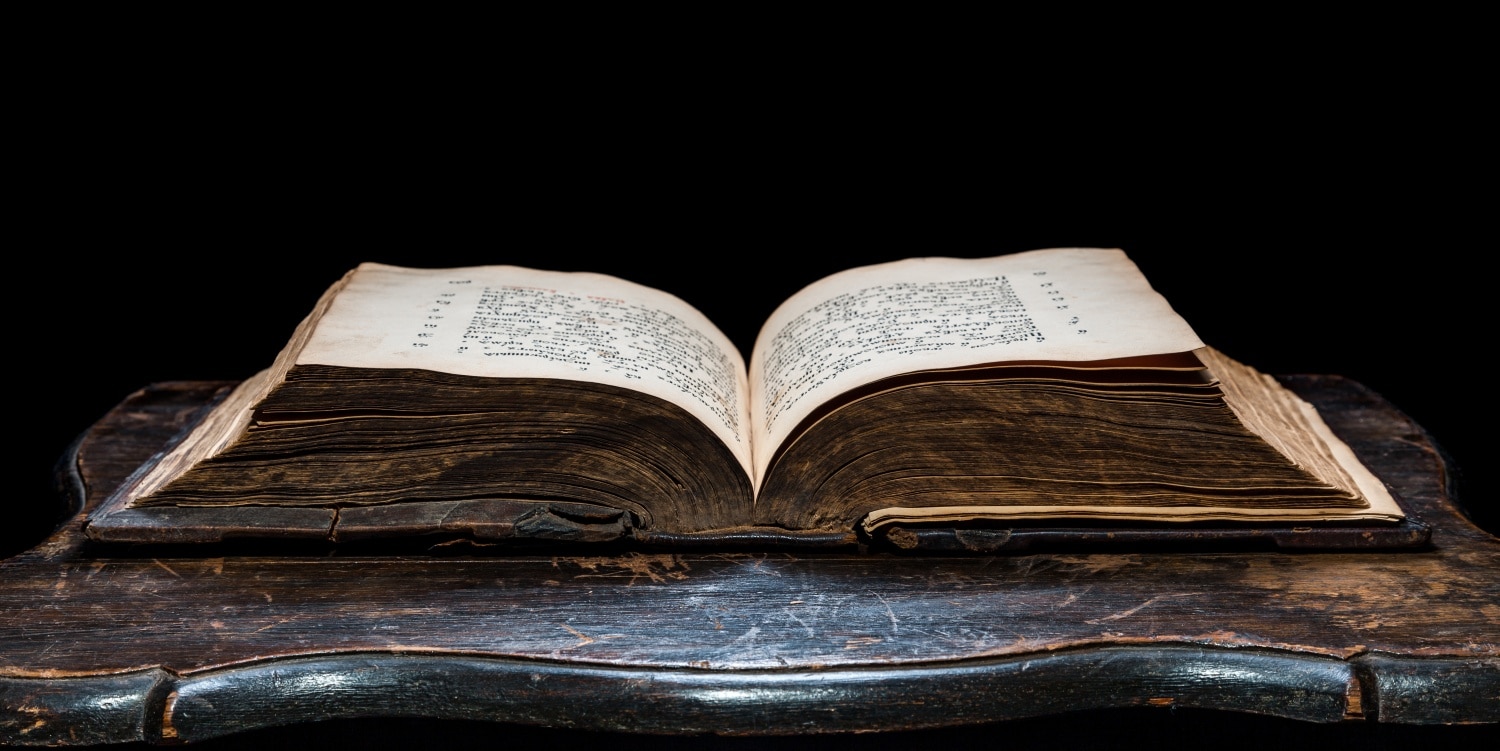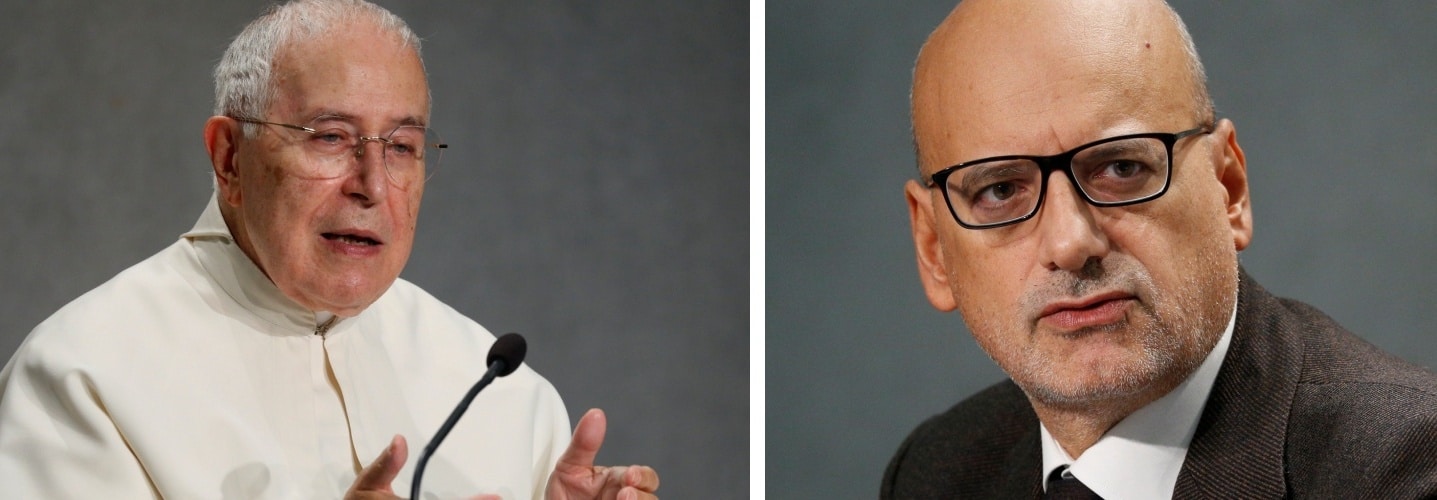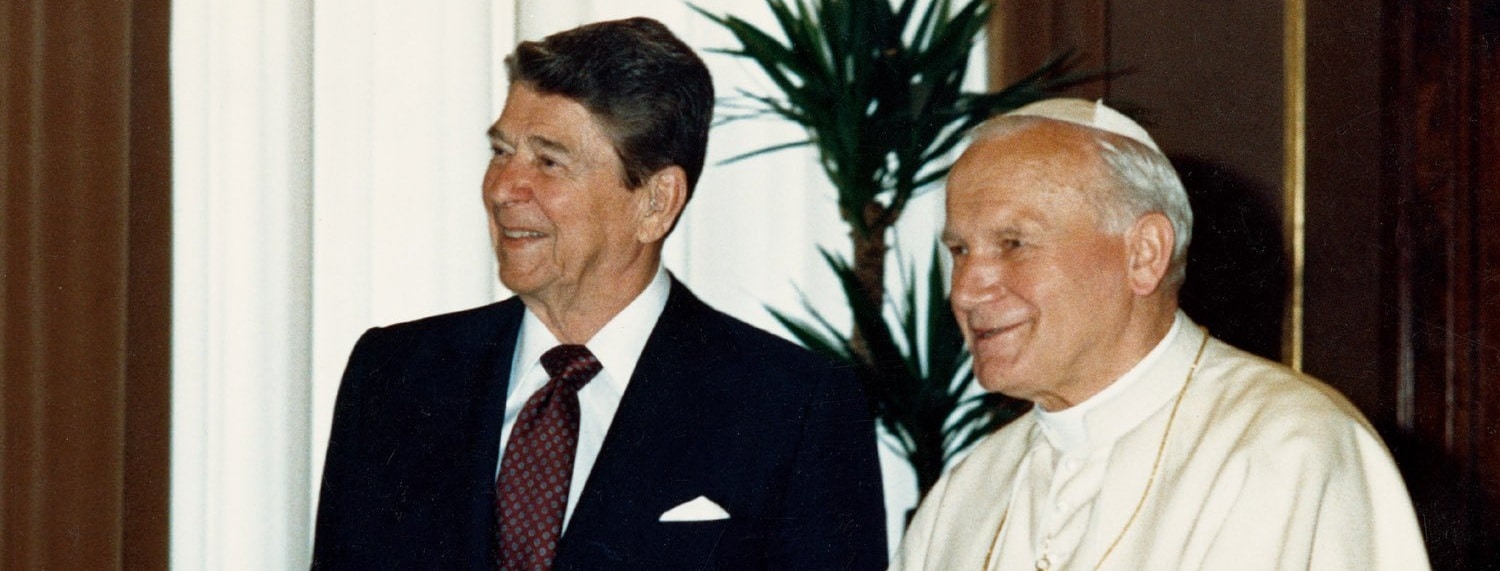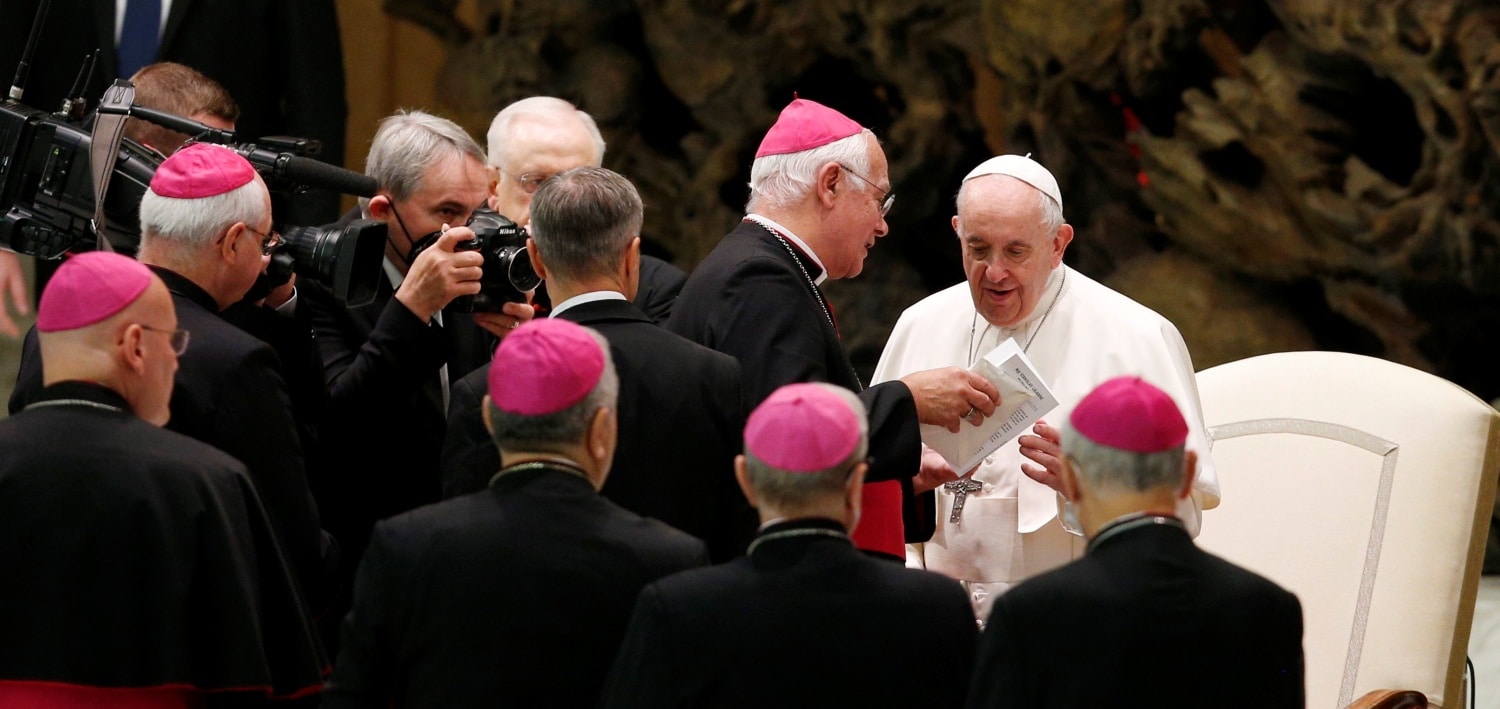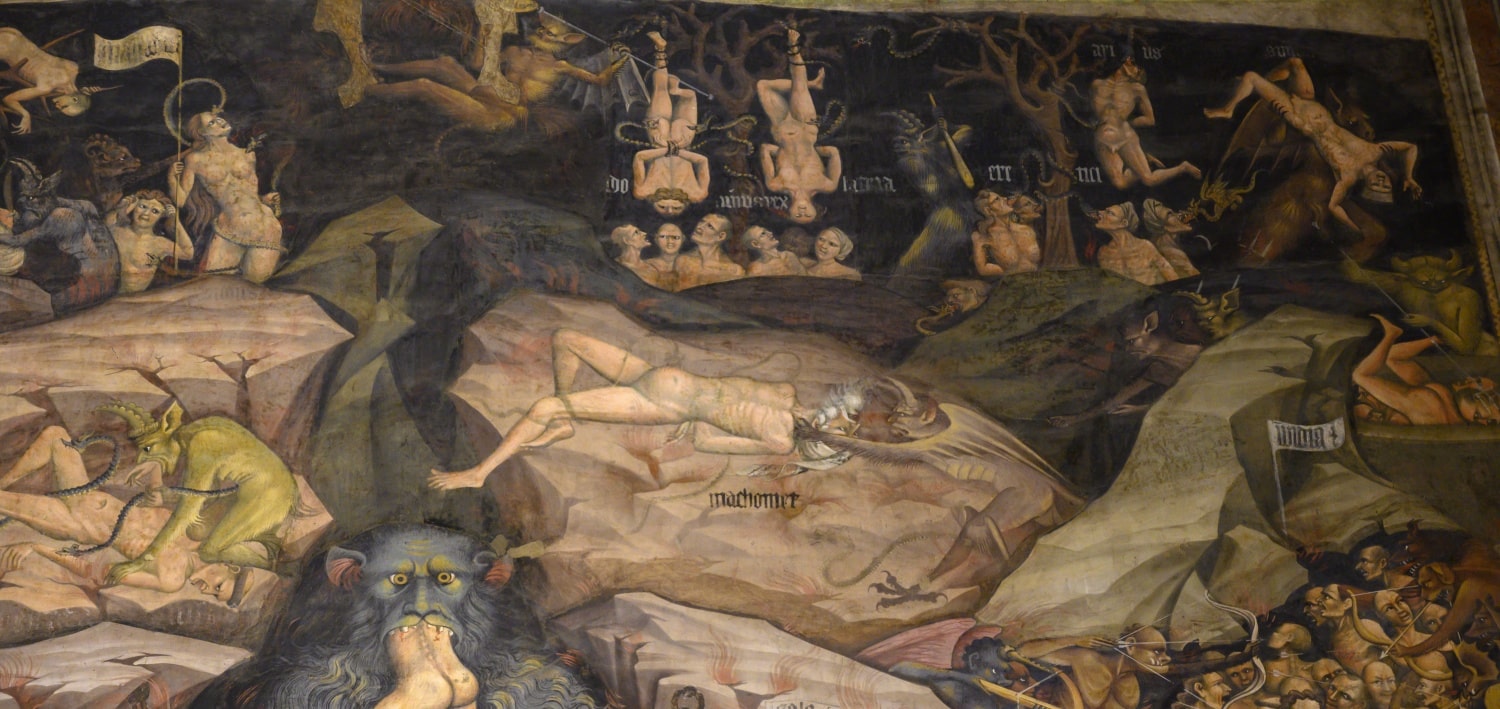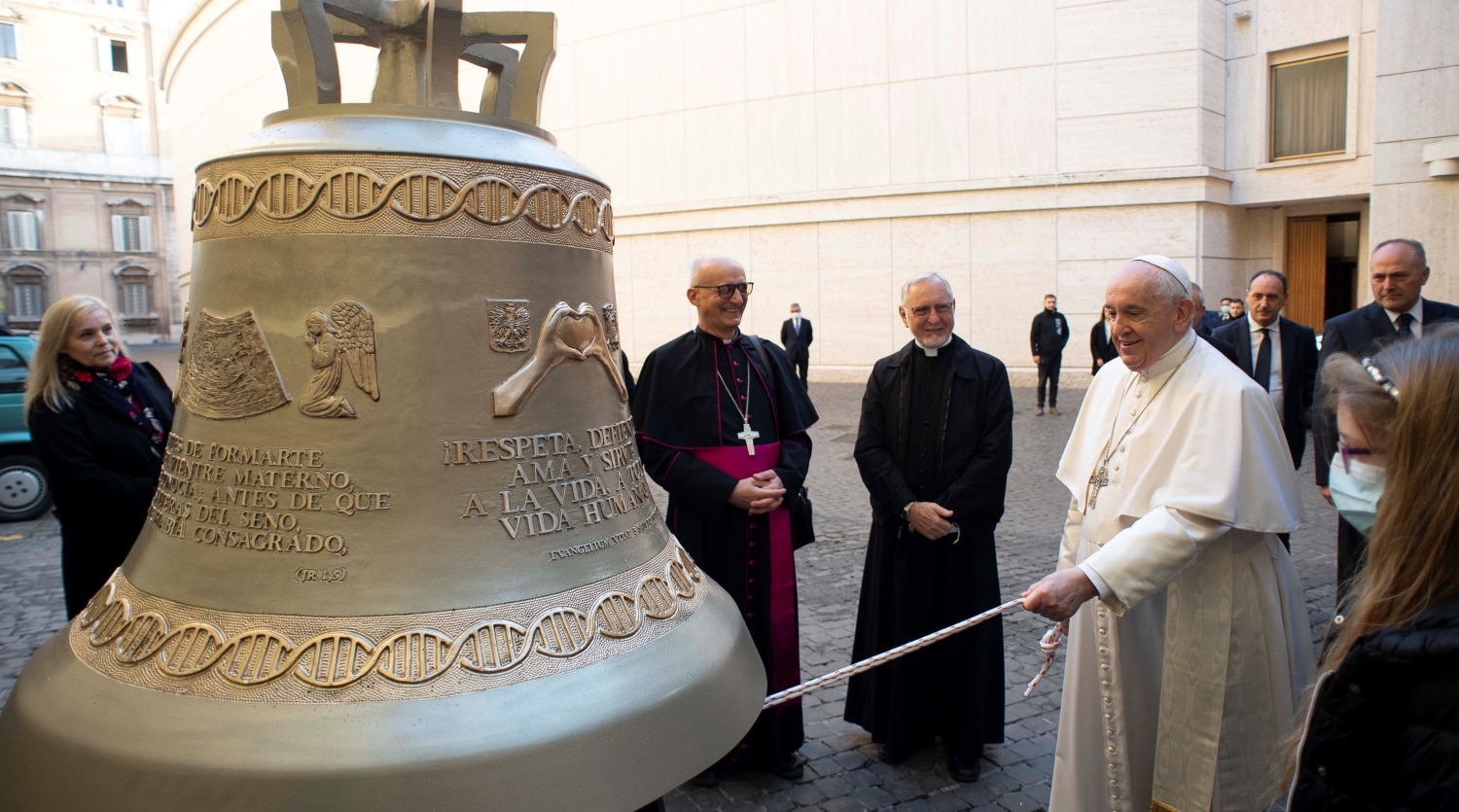This is the first in a series of articles on reforming the liturgy of the Church.
In July 2021, Pope Francis released an apostolic letter (known as a motu proprio) restricting use of what is often known as the Latin Mass or extraordinary form. The extraordinary form celebrates the rites of the Church according to the liturgical books immediately preceding the Second Vatican Council including the 1962 Missal of John XXIII.
For many Catholics, this raises a key question. Why was the liturgy reformed at all? How did it happen?
Liturgical renewal began well before the Second Vatican Council. Such renewal had both an academic and a pastoral dimension.
Backgrounder
In the late 19th and early 20th centuries, theology began to return to the sources of theological inquiry. Seminarians and theologians began to read not only textbooks featuring the thought of Augustine and Thomas Aquinas. They began to read the figures themselves.
Such theological “ressourcement” (return to the sources) included the study of sacred liturgy. Historians recognized that the prayers of sacred liturgy did not drop out of the heavens. The texts of these prayers developed gradually over time.
Further, practices such as reception of the Eucharist under the species of both bread and wine were normative in the early Church. Yet, no baptized Catholic would have received from the chalice at her parish church. The Jesuit, Austrian liturgist Josef Jungmann’s magisterial Mass of the Roman Rite (1948) was a sometimes wrong but never short of brilliant story of the development of the Roman Eucharistic liturgy.
This return to the sources was not exclusively linked to the history of liturgy. Rather, it was also theological. In his magisterial “Catholicism: Christ and the Common Destiny of Man” (1938), the Jesuit theologian Henri de Lubac argued that the Church was not only a society consisting of a pope, bishops, priests and the lay faithful. Rather, the Church was a liturgical or Eucharistic communion. Through the celebration of the liturgy, the Church comes into existence as a society of those made to praise and adore the living God. This society of divine praise is to function as a leaven in society, bringing all men and women to become what they have received in the Blessed Sacrament. The Body and Blood of Christ poured out for the life of the world.
The theological ressourcement was closely linked to a pastoral renewal. Since the Reformation, the Roman Catholic Church understood the importance of liturgical rites for the renewal of the Church. Many rites — such as infant baptism or marriage — were partially celebrated in the vernacular. It was assumed that people should understand what was happening during these rites.
But by the late 19th century, it was clear that the robust Christian culture that once existed in Europe was fading away. The rites that happened in the context of a flourishing popular piety became unmoored as people flocked to cities where industrialization and economic development became the new religion. In addition, a Low Mass culture had undertaken the Roman Catholic Church by the early 20th century. Rather than sing the propers of the Mass (such as the Gloria or Sanctus), the Mass was celebrated sotto voce. Participation in the Mass with a vernacular missal was the desired end. But except for the moment of consecration at Mass and occasional reception of the Blessed Sacrament, few understood precisely why Catholics put such an emphasis on the sacred liturgy.
Pastoral renewal
Pastoral renewal of the sacred liturgy was undertaken in a variety of contexts. In Germany, experiments began with the singing of hymns during Mass. Dom Prosper Guéranger, the abbot of Solemnes in France from 1837-75, published a series entitled The Liturgical Year. This pastoral text was intended to invite lay Catholics into a deeper appreciation of the rites of the Church.
Throughout Europe, 20th-century figures like the Belgian Benedictine Lambert Beauduin and the Italian-German philosopher and theologian Romano Guardini sought to respond to secularization, individualism and nationalism through renewed attention to the theology and practice of the liturgy. If men and women understood what was happening in the liturgy, fully participating in the act of prayer, then Catholicism could create anew a culture capable of responding to the challenges introduced by modernity.
The academic and pastoral renewal of the sacred liturgy became known as the liturgical movement. This movement was introduced to the United States by the Benedictine Virgil Michel, who was in regular conversation with figures like Dorothy Day, foundress of the Catholic Worker movement.
Papal insights
And yet, the liturgical movement became part of the Church’s official magisterium. Liturgical reform and renewal began with St. Pius X, who lowered the age of Communion, encouraged regular participation in the rites of the Church, and reformed the Breviary for the sake of clergy. St. Pius X in his letter on sacred music Tra Le Sollecitudini was the first pope to use the term “active participation” in a document. The letter was intended to foster a renewal of chant in liturgy, encouraging all the faithful to sing the propers of the Mass.
Pope Pius XII went even further. He wrote the encyclical Mystici Corporis Christi (1943), returning to a vision of the Church as Christ’s Body upon earth, a corporal presence made manifest in the Eucharistic liturgy. His encyclical Mediator Dei (1947) expressed admiration for the liturgical movement, encouraging an interior and exterior participation in the sacred liturgy for the sake of the renewal of life in Christ. Pius XII’s 1955 Musicae Sacrae again upheld the dignity of chant in liturgy, as well as fostering vernacular hymnody outside of the official liturgies of the Church.
The liturgical movement, therefore, sought an appreciation of liturgical prayer at the heart of Catholic piety and cultural renewal. At the Second Vatican Council, called by St. John XXIII, this vision of liturgical prayer was offered in the first Constitution approved by the Council Fathers, Sacrosanctum Concilium (1963). Liturgical prayer was presented not only as the rites and ceremonies of the Church. Rather, the liturgy was the fullest expression of the Church as contemplative and active, a divine society that functioned as a salutary leaven in history.
This document laid out the desire for the reform of sacred liturgy. These reforms were carried out by a committee of theologians, liturgists and bishops established in 1964. Concilium consulted historical scholarship for the reform of liturgical prayer. These reforms were wide-ranging. For example, in the Eucharistic liturgy, a wider selection of prefaces preceding the Eucharistic prayer were included. Additional Eucharistic prayers were written, modeled from historical prayer texts in the Church. Over the next decade, these rites were approved and promulgated.
Bishops also after the council immediately asked for the liturgy to be celebrated in the vernacular. This approval was universally granted, and a process of translation developed around the rites of the Church. Even today, when a new edition of a rite is released by Rome, it must then be translated by a committee of experts, approved by local bishops and then Rome.
Therefore, liturgical reform and renewal found its roots in a desire for the Church to respond to modernity through a mystical and sacramental vision of ecclesial life. The question remaining (to be taken up in the next article) is whether this reform and renewal was good for the Church.
Timothy P. O’Malley, Ph.D., is the director of education at the McGrath Institute for Church Life at the University of Notre Dame.
Pope St. John Paul II: ‘They must all feel welcome’
“The liturgy offers the deepest and most effective answer to this yearning for the encounter with God. It does so especially in the Eucharist, in which we are given to share in the sacrifice of Christ and to nourish ourselves with his Body and his Blood. However, pastors must ensure that the sense of mystery penetrates consciences. … It is their duty, in particular, to promote dignified celebrations, paying the proper attention to the different categories of persons: children, young people, adults, the elderly, the disabled. They must all feel welcome at our gatherings, so that they may breathe the atmosphere of the first community of believers who ‘devoted themselves to the Apostles’ teaching and fellowship, to the breaking of bread and the prayers’ (Acts 2:42).”
— Pope St. John Paul II, in his 2003 apostolic letter Spiritus et Sponsa that marked the 40th anniversary of the Second Vatican Council’s Constitution on the Sacred Liturgy.

